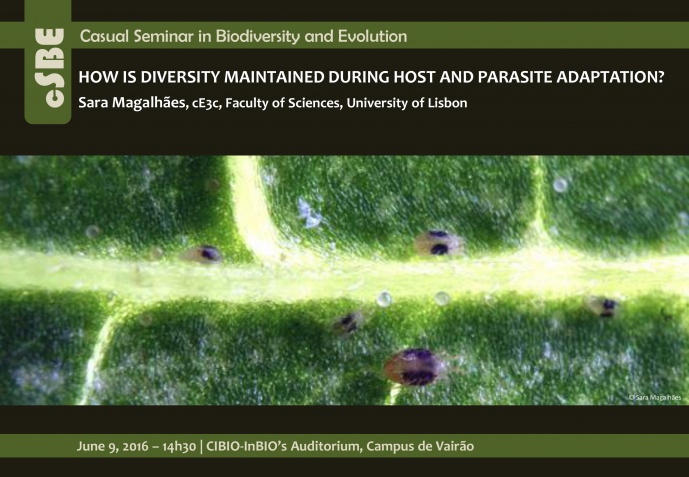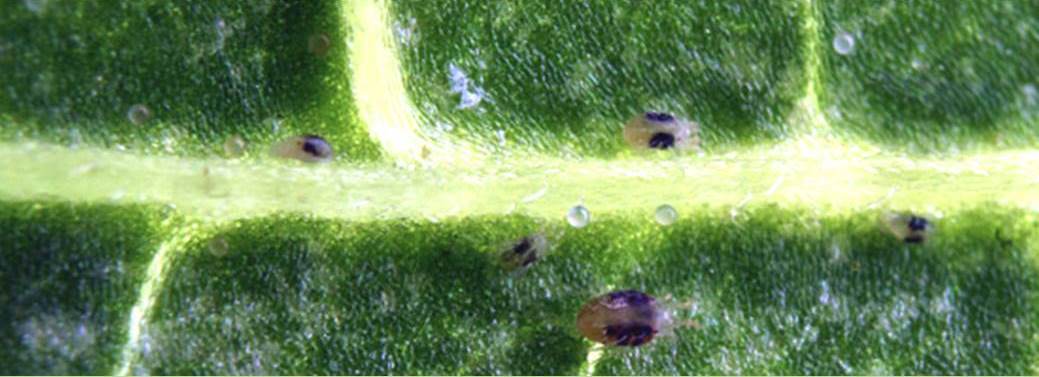HOW IS DIVERSITY MAINTAINED DURING HOST AND PARASITE ADAPTATION?

CASUAL SEMINAR IN BIODIVERSITY AND EVOLUTION

The maintenance of diversity is a classical, yet unresolved issue in both Ecology and Evolution. One tempting hypothesis is that organisms cannot simultaneously adapt to all available habitats: there is a trade-off between traits allowing adaptation to each environments. I will present data aiming at testing this hypothesis in two host-parasite systems: one composed of parasitic spider mites (Tetranychus urticae) and their plant hosts and another of Drosophila melanogaster hosts infected with either bacteria or viruses. The data will show (i) which traits have evolved in response to a biotic challenge and (ii) what are the consequences of such adaptation for host/parasite niche breadth. Finally, with the Drosophila system, the genomic changes associated to adaptation to viral pathogens revealed a simple genetic basis of resistance. Overall, adaptation entailed an expansion of niche breadth, with low specificity. This generalist response was also patent in the properties of the genomic changes associated to adaptation. Therefore, diversity in these systems is not maintained by genetic trade-offs, but may rely on competition among colonizing and resident populations.
Sara Magalhães has done her undergraduate studies at the Faculty of Sciences of the University of Lisbon. Then she moved to Amsterdam where she completed her PhD in 2004 on the ecology of plant-arthropod (mostly mites) interactions with Maurice Sabelis and Arne Janssen. For her post-doc, Sara joined Isabelle Olivieri, at the University of Montpellier. There, she established a research line on experimental evolution of herbivorous mites adapting to novel host plants. In 2006, Sara came back to Portugal and joined Instituto Gulbenkian de Ciência (IGC) and have turned to C. elegans and E. coli (again with experimental evolution) for a while. In 2008 she obtained a research assistant contract at the Centro de Biologia Ambiental (CBA, now cE3c). There, she established the mite-plant system, with the overall aim of addressing the reciprocal interactions between ecology and evolution, with a focus on individual traits. Luckily, Sara has been joined by several highly-motivated and extremely bright and nice students. In her lab, they have been developing research aiming at understanding how interactions with the plant host shape competition between parasites, the ecological consequences of intra- and interspecific mattings, and how evolving with endosymbionts affect the mites’ reproductive strategies. They are also developing mathematical models to understand how mite feeding and mating strategies are modified by competition (cf. http://www.saramagalhaes.com/research_interests).
[Host: Martim Melo, Population Genetics, Hybridization and Speciation]
Image credits: Sara Magalhães